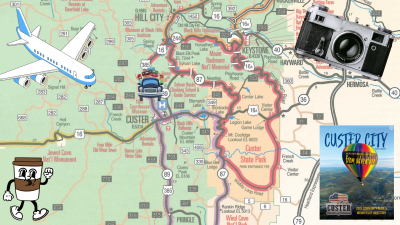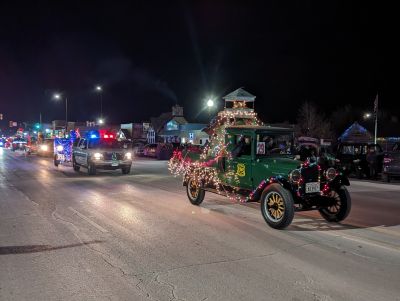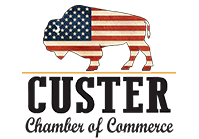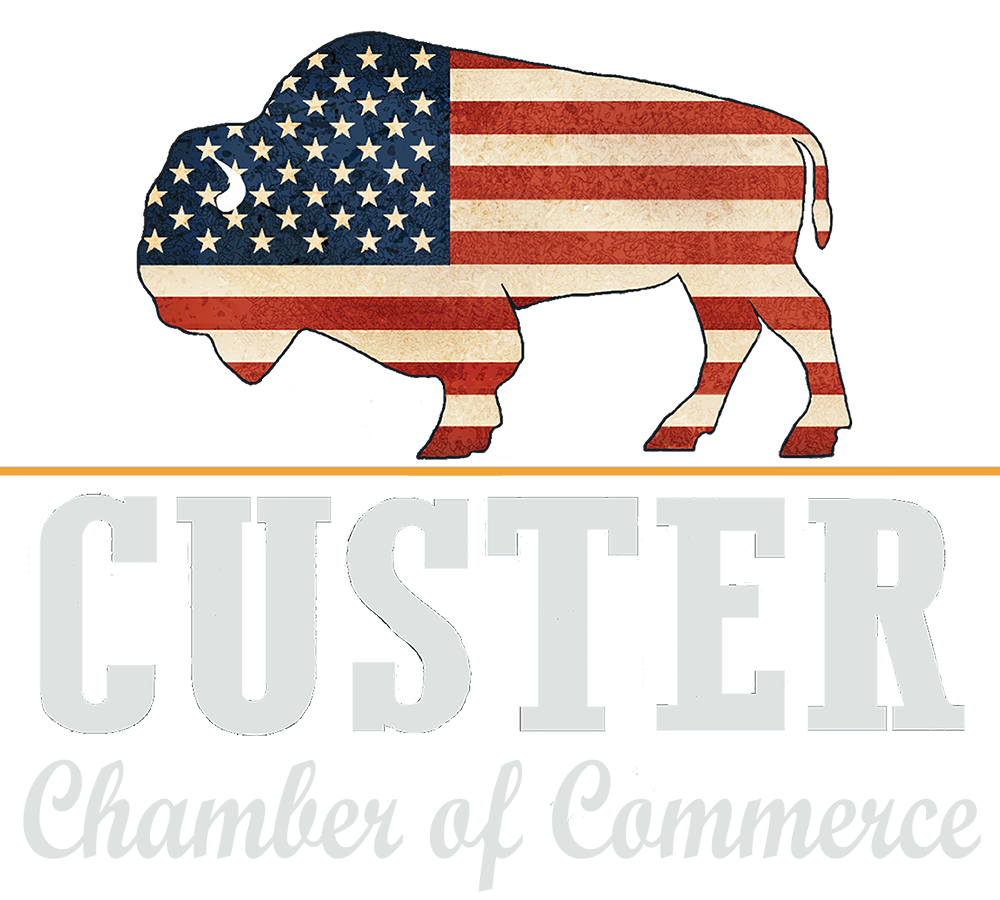| "My lands are where my people lie buried." -Crazy Horse Written by The Smithsonian National Museum of the American Indian August 27, 2018 Since his violent and controversial death, Crazy Horse has become almost a mythical figure of the Great Plains Indian wars. The place and date of his birth are uncertain, but he was probably born in the early 1840s near Bear Butte on the Belle Fourche River in South Dakota. His father was a medicine man of the Oglala, his mother a Brule. At Crazy Horse Memorial, the second traditional night blast of the year is on September 6th. The blast honors the dual anniversaries of the 1877 death of Crazy Horse and of the 1908 birth of sculptor Korczak Ziolkowski. The public is welcome at the night blasts. After 5:00 p.m. on September 6th the Memorial gratefully accepts three cans of food per person for the KOTA Care and Share Food Drive in lieu of the regular admission fee. Because the night blasts are among the Memorial’s most popular events, the public is advised to arrive early. | BRIDGES OF CUSTER COUNTY March 27, 2024 Groundhog Day! Written by Andrea Spaans February 1, 2024  Plan for Vacation Day Written by National Day Calendar January 29, 2024  Christmas Lights December 20, 2023 Holidays in the Hills November 22, 2023  |

|
||||
|
|
||||





